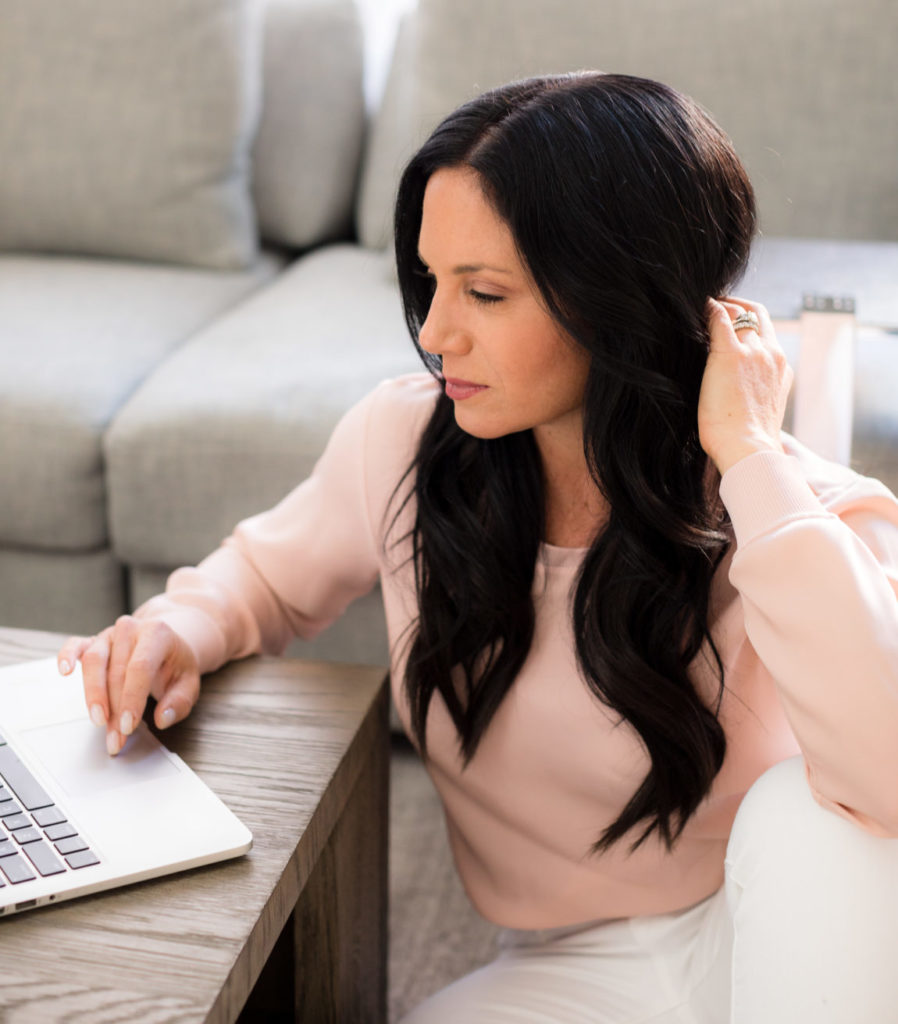Almost daily, Physical Therapists (PT) are seeing patients with complaints of upper back, neck or low back pain without any mechanism of injury. A majority of these patients are spending 40+ hours each week sitting at a desk/staring at their computer. It doesn’t take long to figure out the affliction… bad posture.

How does bad posture cause injuries?
Most people associate injury with an event: a fall, impact or sports injury. Like a car accident, a high amount of force is absorbed at one time resulting in a failure of a ligament, meniscus tear, disc damage. No debate on the cause.
Postural injuries result for the simple reason of time. If you consider a sports injury the equivalent to punching a hole through drywall, a postural injury is like placing your fist on the wall and leaning in for many years. Over the course of time, the force you impart slowly deforms the molecular bonds holding the drywall together. It’s all a matter of time, but nevertheless there’ll still be a hole in the wall. The tissue begins to wear down until a minor trigger, like turning too quickly, that may be enough to set a pathology in motion.
Anyone that’s been to the gym before knows that you can get sore after a workout. The process of putting force across muscles cause those fibers to tear at a microscopic level. This then stimulates the body to heal and grow resulting in what we call hypertrophy. Muscles are good like that, they build resistance to force relatively quickly. Unfortunately, our ligaments, disks and cartilage do not adapt the same way. When you spend much of your day seated, the postural muscles become dormant and we rely on these internal structures for support.
Simply put, we are loading less resistance stability tissues to maintain an upright posture against gravity versus our tougher adaptive muscles for work.
Use of computers in the workplace is not going away any time soon and we can’t expect people to migrate to more active occupations. Therefore, we have to find solutions in order to improve people’s ability to complete work with minimizing risk of injury.
What can you do?
Set yourself a timer to stand and move every 30 minutes for AT LEAST 2 minutes at a time. This helps engage your larger postural muscles required to keep your spine in a more neutral position. Also, follow up with your PT to discuss other means to mitigate these risks.
Comments
Post a Comment